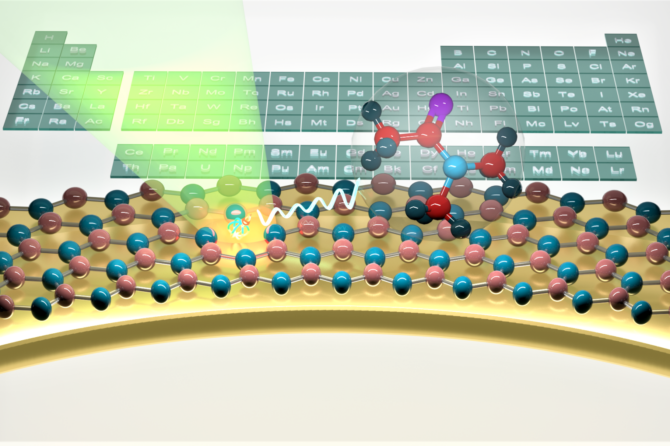The French theoretical physicist Franck Laloë presents a modification of Schrödinger’s famous equation that ensures that all measured states are unique, helping to solve the problem that is neatly encompassed in the Schrödinger’s cat paradox. This paradox seems to predict that macroscopic objects (like cats) can, sometimes, exist simultaneously in more than one completely distinct state.
One approach to solving this problem involves adding a small, random extra term to the Schrödinger equation, which allows the quantum state vector to collapse, ensuring that the outcome of each measurement is unique. Laloë’s theory combines this interpretation with another from de Broglie and Bohm and relates the origins of the quantum collapse to the universal gravitational field. This approach can be applied equally to all objects, quantum and macroscopic: that is, to cats as much as to atoms.
The scientist suggests that a theory that combines quantum mechanics with gravitation may have implications in astrophysics.
The paper has been published in EPJ D. (SciTechDaily)


